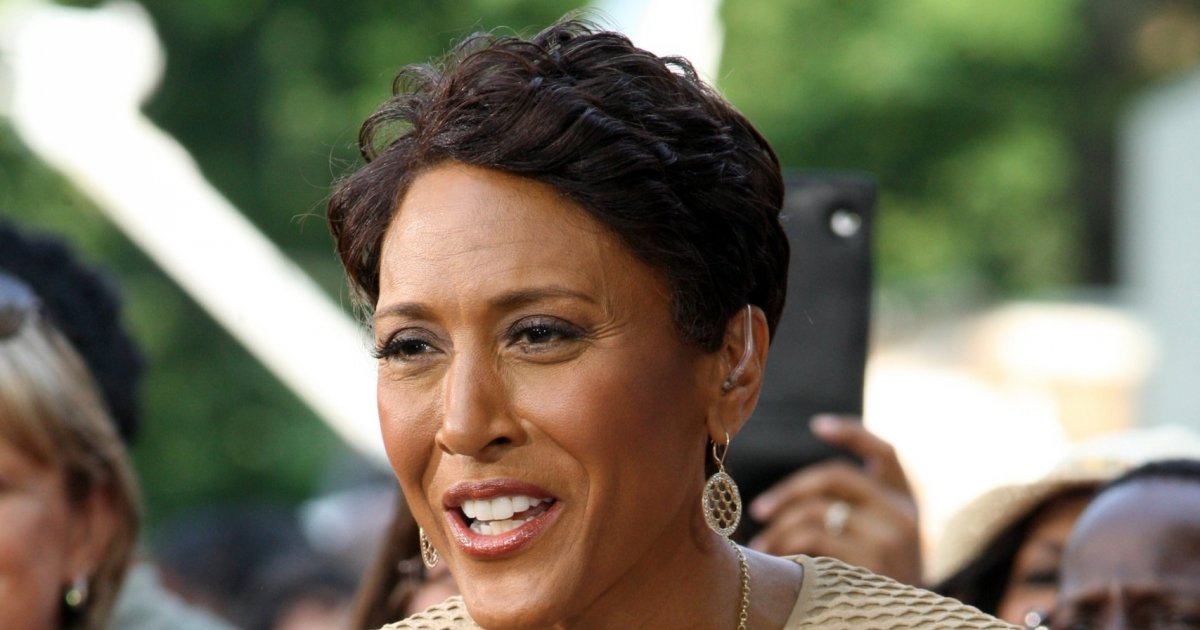Robin Roberts Looks to the Future As She Shares Throwback to Bone Marrow Transplant
- It’s been nine years since beloved TV host Robin Roberts, who won her very public battle with breast cancer in 2007, underwent a bone marrow transplant to treat MDS, a rare blood cancer.
- For people facing blood cancers like MDS or leukemia, a bone marrow transplant, which injects healthy stem cells into your body to help rebuild your immune system after chemo, can be a promising treatment option.
- Roberts’ MDS diagnosis was directly related to the chemotherapy she underwent to treat breast cancer. People who’ve undergone chemotherapy should be especially vigilant for any second cancers.
View this post on Instagram
Roberts’s transplant came after her diagnosis with myelodysplastic syndrome, a rare blood cancer that affects the bone marrow’s ability to produce healthy blood cells. According to the National Cancer Institute, MDS can become acute myeloid leukemia (AML) if left untreated.
MDS can be caused by a number of environmental factors as well as previous exposure to chemotherapy, which Roberts underwent during her 2007 battle against triple negative breast cancer.
Bone Marrow Transplants
Stem cell transplants take healthy stem cells, which are cells with the potential to develop into and replace other cells, are injected into the bloodstream from a different part of your own body (known as an autologous transplant) or from a donor (known as an allogenic transplant). Roberts had an allogenic transplant, as her sister Sally-Ann was a compatible match and donated her stem cells.
Once in your body, stem cells can help your immune system repair itself after exposure to chemotherapy.
Related: After a Stem Cell Transplant: Recovery and Side Effects
A bone marrow transplant is simply a stem cell transplant where the stem cells are taken from the bone marrow.
Dr. Caitlin Costello explains what you should expect if you’re getting a bone marrow transplant.
Because BDS is closely related to AML, doctors will often treat people like Roberts with bone marrow transplants. This allows your body to produce the cells it needs to fight off cancer. While it may seem frightening, these procedures can be life-saving.
"I think it's very important that patients not be unduly frightened by this procedure because when done in hands of those who do many of them, it's really important and not as bad as people often say," Dr. Gail Roboz, a medical oncologist at Weill Cornell Medicine, previously told SurvivorNet.
Related: What Do Acute Myeloid Leukemia (AML) Patients Experience During A Bone Marrow Biopsy?
If you’re getting a bone marrow transplant as treatment for leukemia or MDS, here’s what to expect. Your doctor will first have you take a series of chemotherapy drugs to destroy cancer cells all throughout your body.
This will also severely weaken your immune system, so after the chemotherapy is over, you’ll be given the stem cell infusions, which will help your body rebuild your body’s immune system. In Dr. Costello’s words, it’s effectively “rescuing you” from the chemotherapy’s effects on your natural stem cells.
Dr. Costello breaks down what to expect from your bone marrow transplant day by day.
Chemotherapy and MDS
Roberts was diagnosed with MDS in 2012, five years after her highly-publicized battle with triple negative breast cancer. Triple negative breast cancer is aggressive and difficult to treat, with chemotherapy being the main line of attack against the disease.
Dr. Elizabeth Comen lays out treatment options for triple negative breast cancer.
Chemotherapy itself can sometimes cause secondary cancers like MDS. Roberts has said that her MDS diagnosis was the direct result of the chemotherapy she received in her fight against breast cancer. She made clear, though, that chemotherapy saved her life and she wouldn’t do anything differently.
Related: Treating Triple Negative Breast Cancer
“Because I was triple-negative and young, my chemotherapy and radiation had to be aggressive. I have no regrets whatsoever that I received the treatment that I did, because it saved my life,” Roberts told Cure. “I'm cautious about discussing that, because I'd never want anybody to avoid treatment for fear it could lead to something else.”
To be incredibly clear, chemotherapy is an essential tool for fighting cancer and you should abide by your doctor’s treatment recommendations.
Breast Cancer Survivor Dr. Beverly Zavaleta Shares Chemo Experience to Help Others Living Through It
After your treatment is over, experts recommend close follow-up to monitor for any signs of regrowth or new forms of cancer. Vigilance and regular screenings can help you stay healthy and detect potential signs of MDS early.
Learn more about SurvivorNet's rigorous medical review process.


